COVID-19 Impact on Children with ASD and ADHD in Greece
This study looked at how the COVID-19 pandemic affected children with Autism Spectrum Disorder (ASD) and Attention-Deficit/Hyperactivity Disorder (ADHD) in Northern Greece.
Sleep and epilepsy research in everyday language: triggers, routines, sleep patterns, and small daily changes that may help seizure control and well-being.

This study looked at how the COVID-19 pandemic affected children with Autism Spectrum Disorder (ASD) and Attention-Deficit/Hyperactivity Disorder (ADHD) in Northern Greece.
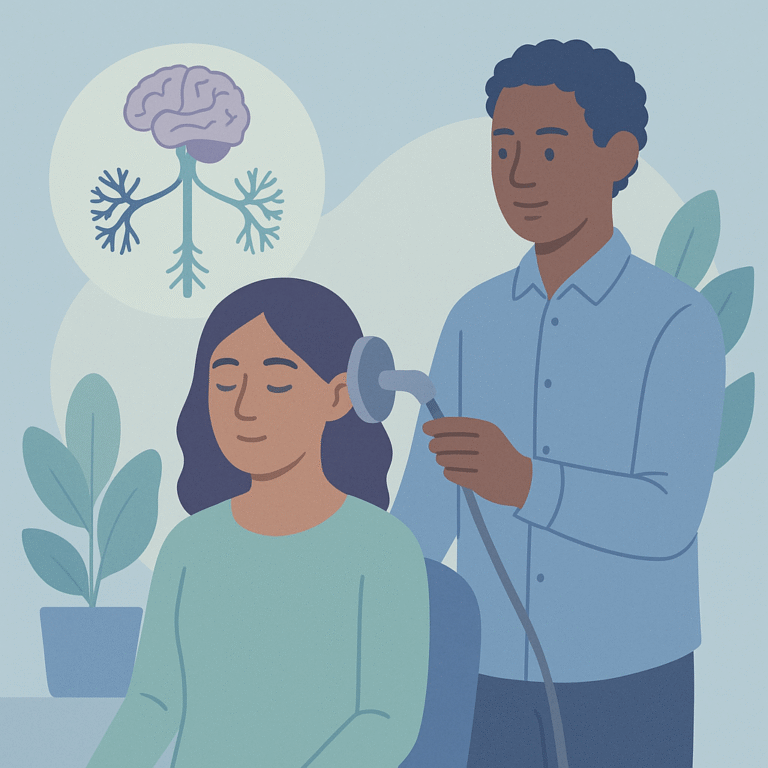
This study looked at a new way to stimulate nerves without touching the skin, using sound waves.
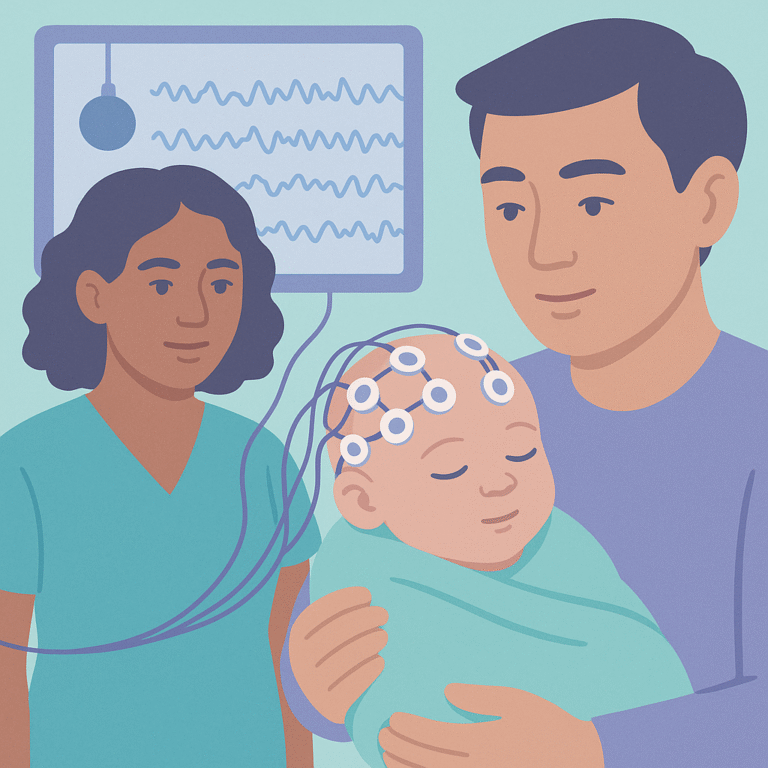
This study looked at how high-frequency activity (HFA) in the brain can help identify neonates (newborns) with seizures and predict their risk of developing epilepsy later on.
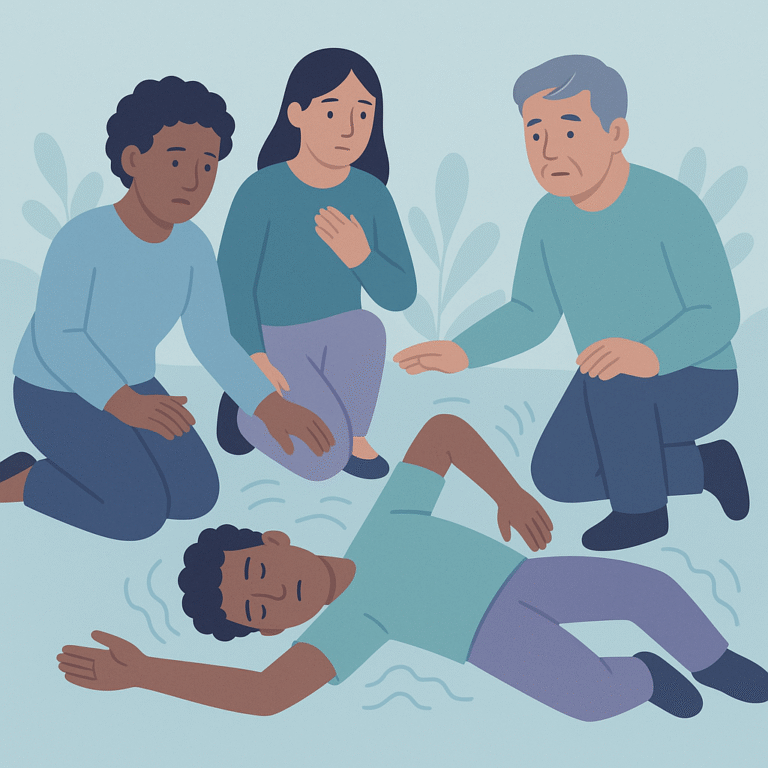
A study was conducted to understand the characteristics and treatment outcomes of epilepsy related to the NPRL3 gene.
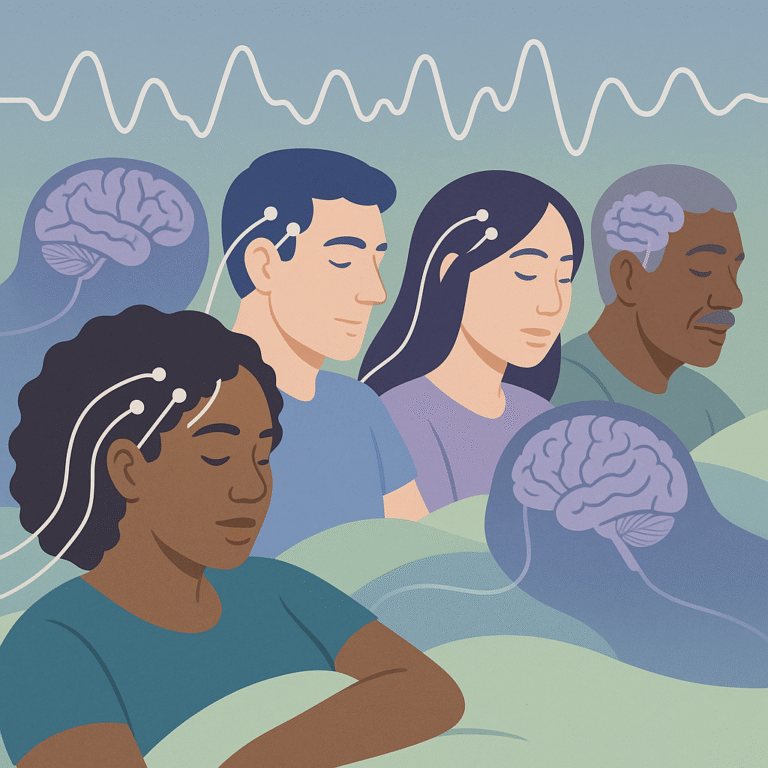
Researchers studied how brain activity changes during sleep by looking at a specific type of electrical signal called aperiodic activity.

Researchers studied CDKL5 deficiency disorder (CDD), a rare condition that causes severe developmental and epileptic challenges in individuals.
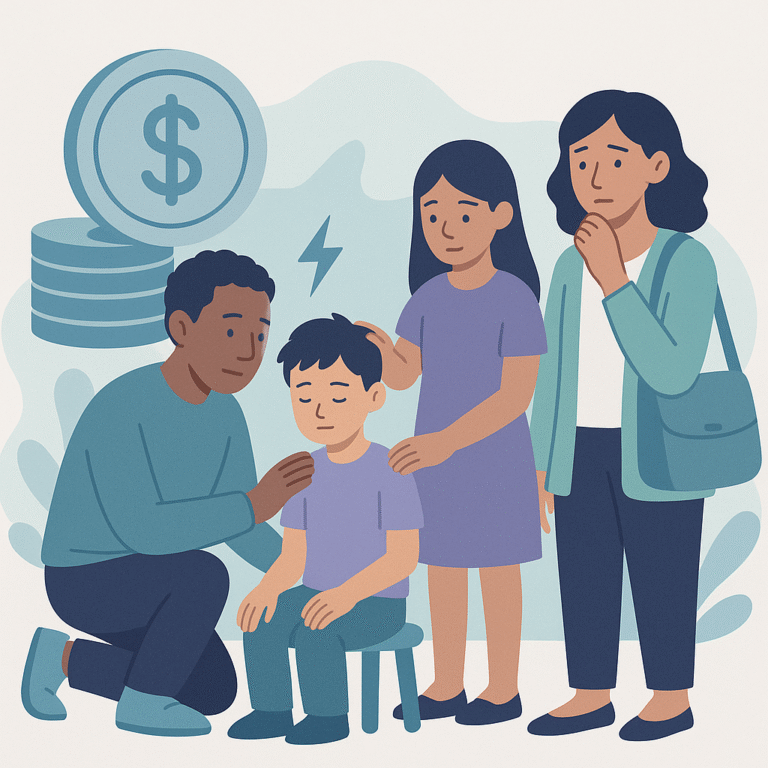
Researchers studied the indirect costs and burdens faced by families caring for children with severe epilepsy disorders known as developmental epileptic encephalopathies (DEE).

Researchers are studying a condition called Cyclin-dependent kinase-like 5 deficiency disorder (CDD), which affects children and causes severe epilepsy, developmental delays, and other challenges.

This study looked at how well melatonin works compared to sleep deprivation for helping children with epilepsy fall asleep during EEG tests.